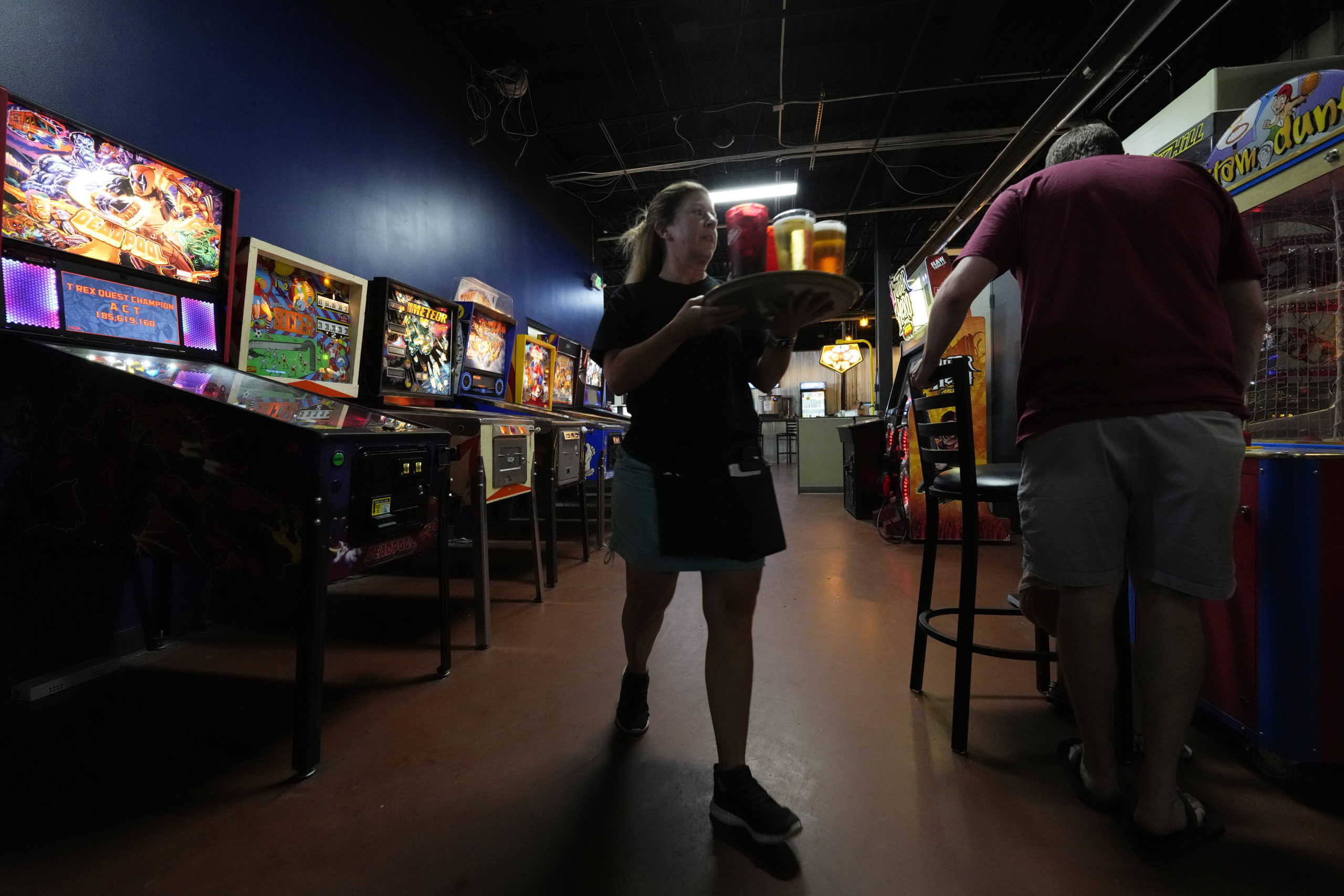NEW YORK (AP) — July’s jobs report was a stunner, in more ways than one. Despite raging inflation and anxiety about a possible recession, employers created 528,000 jobs last month, more than double market expectations. That’s the fastest pace of hiring since February.
While the monthly jobs report is always highly anticipated, the July report was even more closely watched by investors, policymakers and the public. There have been increasing signs that the U.S. economy is heading into a recession. The strong job market may diminish those fears for now. But with inflation stubbornly high, the Federal Reserve may need to take additional measures to slow down the economy.
Here are five takeaways from the July jobs report:
HIRING: ZERO SIGNS OF SLOWING
Economists and policymakers had expected hiring to slow in July due to recession worries, rising interest rates and high inflation, with forecasts of 250,000 jobs created versus 372,000 in June.
Not only did job creation blow past those expectations, but the pace of hiring was back to levels not seen since the beginning of the year. Unemployment is at a 50-year low, and wages grew by 0.5% last month. Further, the Labor Department revised its May and June reports to show stronger hiring in those months.
“The report throws cold water on a significant cooling in labor demand, but it’s a good sign for the broader U.S. economy and worker,” wrote Stephen Juneau, an economist with Bank of America Securities.
STEP ON THE BRAKES HARDER?
With July’s strong jobs report, the market now expects the Fed to apply more pressure on the economy in its effort to cool inflation.
Fed fund futures, which are securities that bet on which way the Fed will move interest rates, now show there’s a 70% chance the central bank will raise interest rates by 0.75 percentage points at its September meeting. Before the jobs report came out, that figure was 34%.
“This remains one of the strongest job markets in the past 50 years, no comfort for those hoping for a slowdown which would reduce inflation and lead to a less aggressive path of rate hikes from the Federal Reserve,” said Mike Fratantoni, chief economist with the Mortgage Bankers Association, in an email.
The hope inside the Fed and on Wall Street is that the central bank can get inflation in check without causing a recession, in what’s known as a “soft landing” for the economy.
Investors get the next inflation reading on Wednesday. With the recent decline in gas prices, there are some hopes that the worst of the inflationary issues are in the rearview mirror. In June, consumer prices jumped 9.1% from a year earlier — the biggest increase since 1981.
JOBS CONTRAST OTHER ECONOMIC SIGNS
Without this blockbuster jobs report, most signs would point to the U.S. economy being in a recession or heading into one.
Last week the Commerce Department reported that the U.S. economy contracted for a second consecutive quarter, meeting the informal definition of a recession. The report showed Americans bought fewer goods, while business investment fell. Inventories tumbled as businesses slowed their restocking of their shelves.
This comes on the back of the recent inflation reports that show prices are rising at their fastest pace in 40 years, weighing on consumer confidence. Lastly the Labor Department reported Tuesday that employers posted the lowest number of job openings in nearly a year.
BACK TO PRE-PANDEMIC LEVELS
For the labor market, it’s February 2020.
Overall, the number of employed Americans is now above pre-pandemic levels, according to the Labor Department. But the degree of the economic recovery varies dramatically by sector or industry. There are now nearly 1 million more jobs in the professional and business services sector and roughly 41,000 more jobs in manufacturing than there were before the pandemic hit.
The recovery in manufacturing is notable, since manufacturing jobs have been a big push for Democrats and the White House. Congress recently passed a law to promote domestic semiconductor manufacturing, and the spending package backed by Democrats would have additional funds for construction and energy projects.
There are political implications in the jobs numbers Friday: Americans have grown increasingly anxious about rising prices and the risk of recession. It most certainly will be at the forefront of the minds of voters during November’s midterm elections as the Democrats seek to maintain control of Congress.
President Joe Biden took credit for the resilient labor market Friday, saying “it’s the result of my economic plan.”
The leisure and hospitality sector created 96,000 jobs last month, but that sector remains the most negatively impacted by the pandemic— it’s still short roughly 1.2 million jobs compared to pre-pandemic levels. Government jobs also remain below their levels before the pandemic by roughly half a million positions.
TIME FOR A RAISE
While the jobs report showed widespread gains, for millions of Americans it is the fading power of the paycheck that remains front and center.
Hourly earnings posted a healthy 0.5% gain last month and are up 5.2% over the past year. That still is not enough to keep up with inflation, which means many Americans, especially the poorest, are having to scrimp in the face of high prices for groceries, gasoline and basic needs.
There have been some concerns among economists about what’s known as a wage-price spiral when it comes to inflation, which is when workers require higher wages to keep up with the cost of living, which in turn causes companies to raise prices to cover those higher costs, which then circles back to workers yet again. If inflation continues to remain high along with rising wages, investors will get increasingly concerned because wage-price spirals cut into corporate profits.

